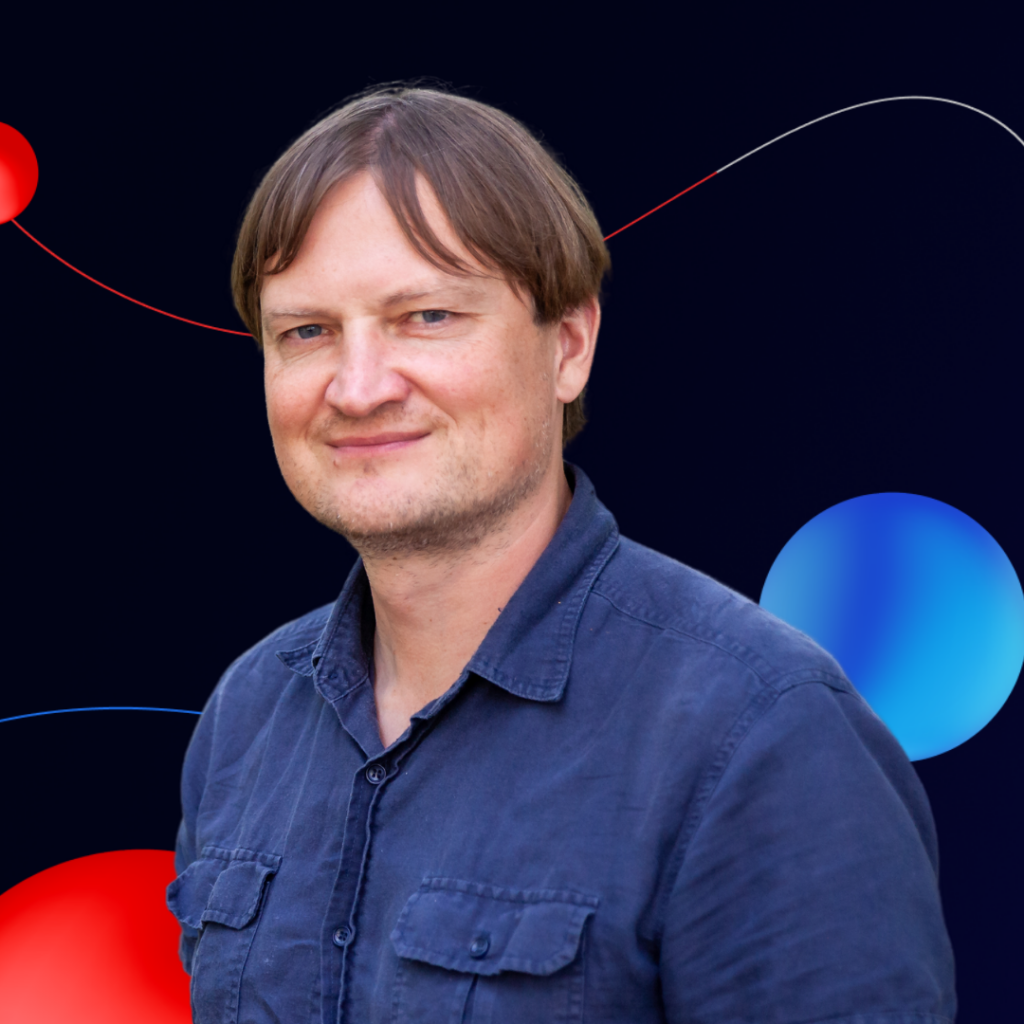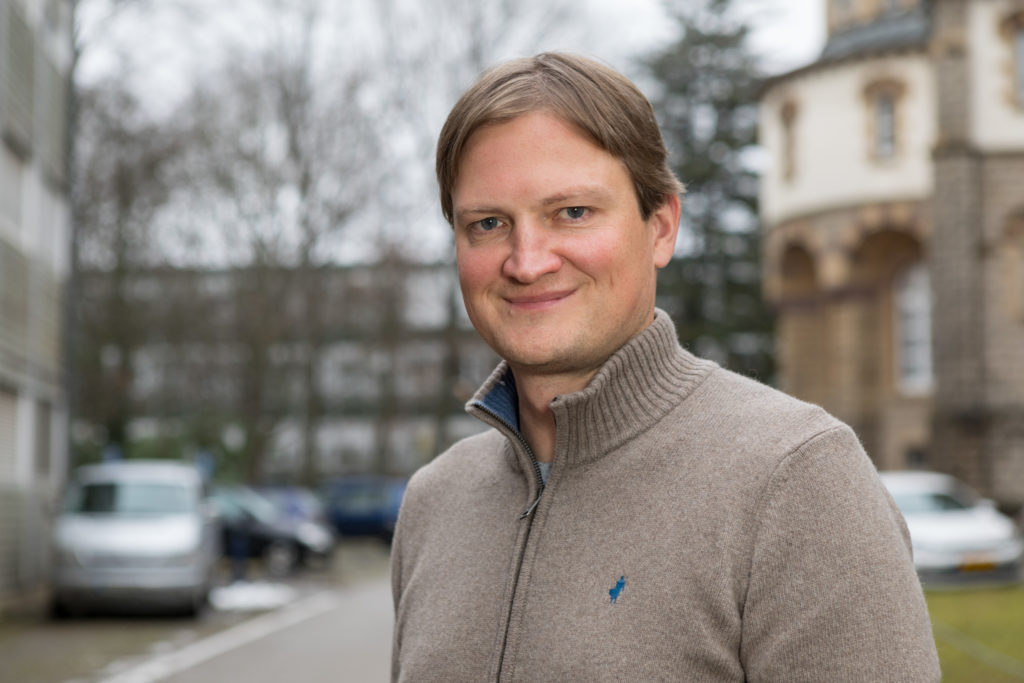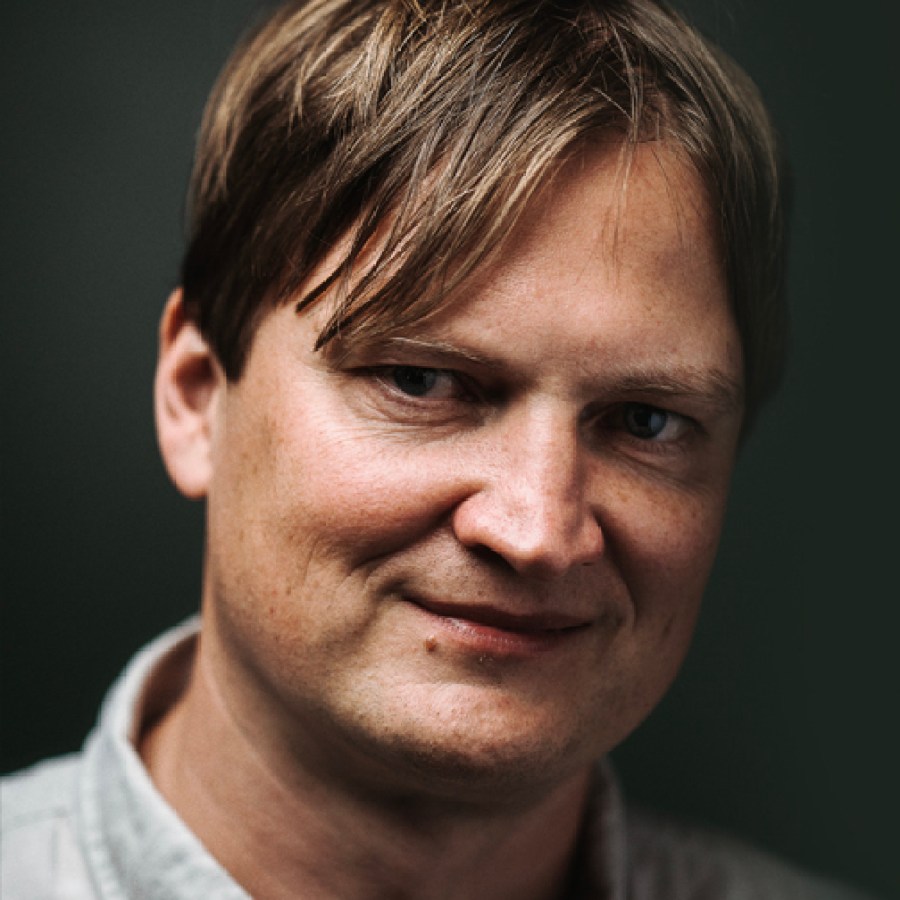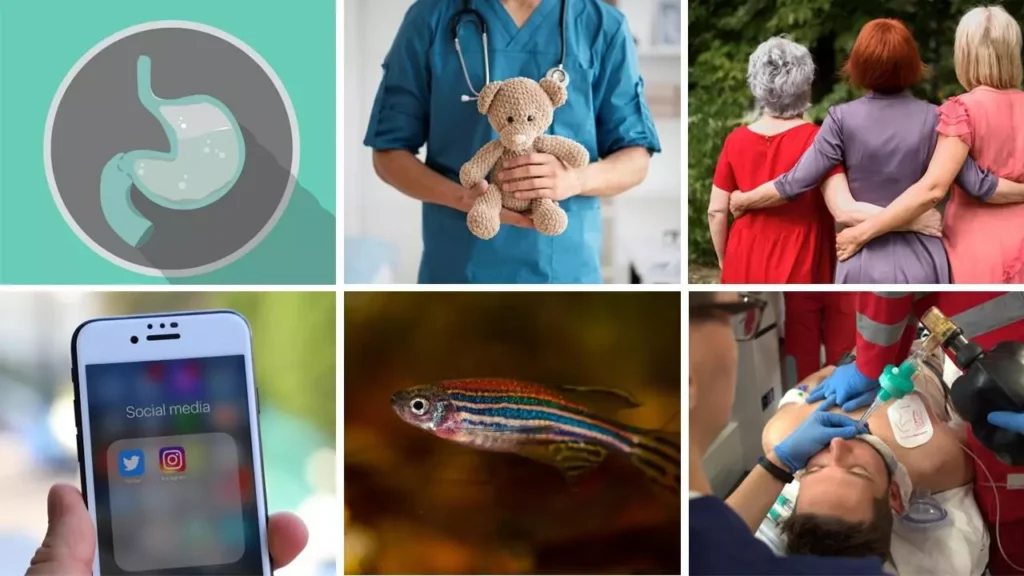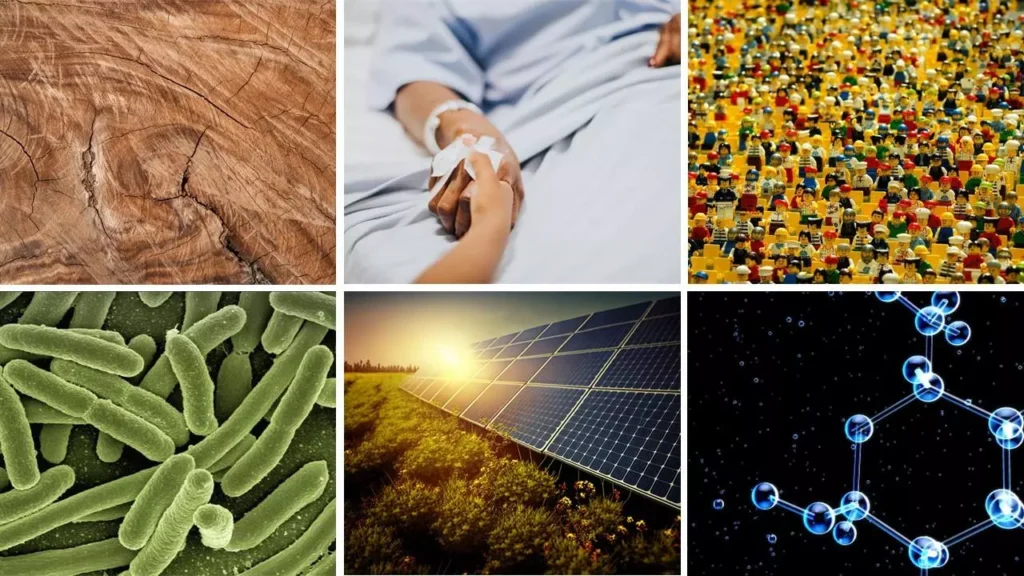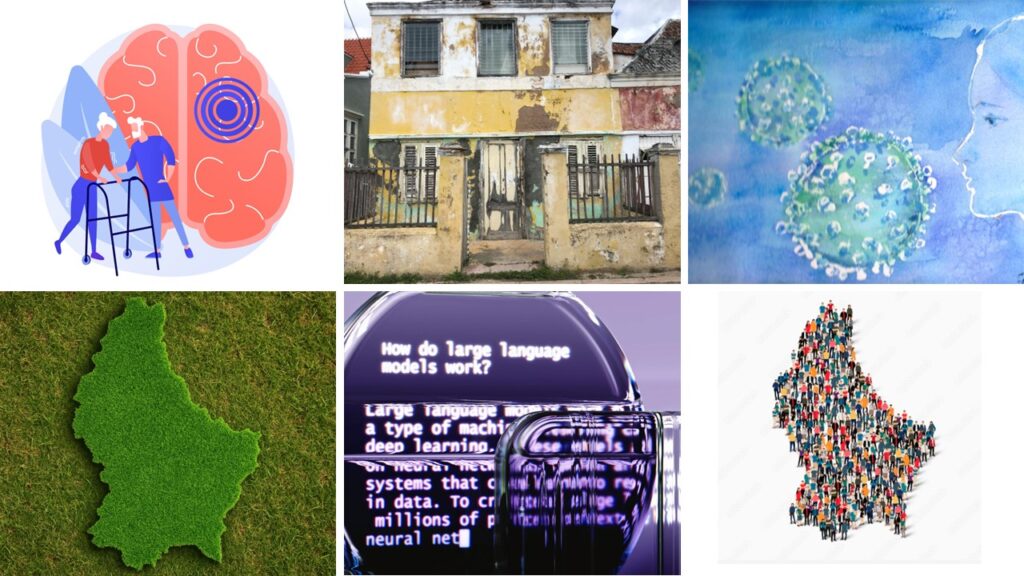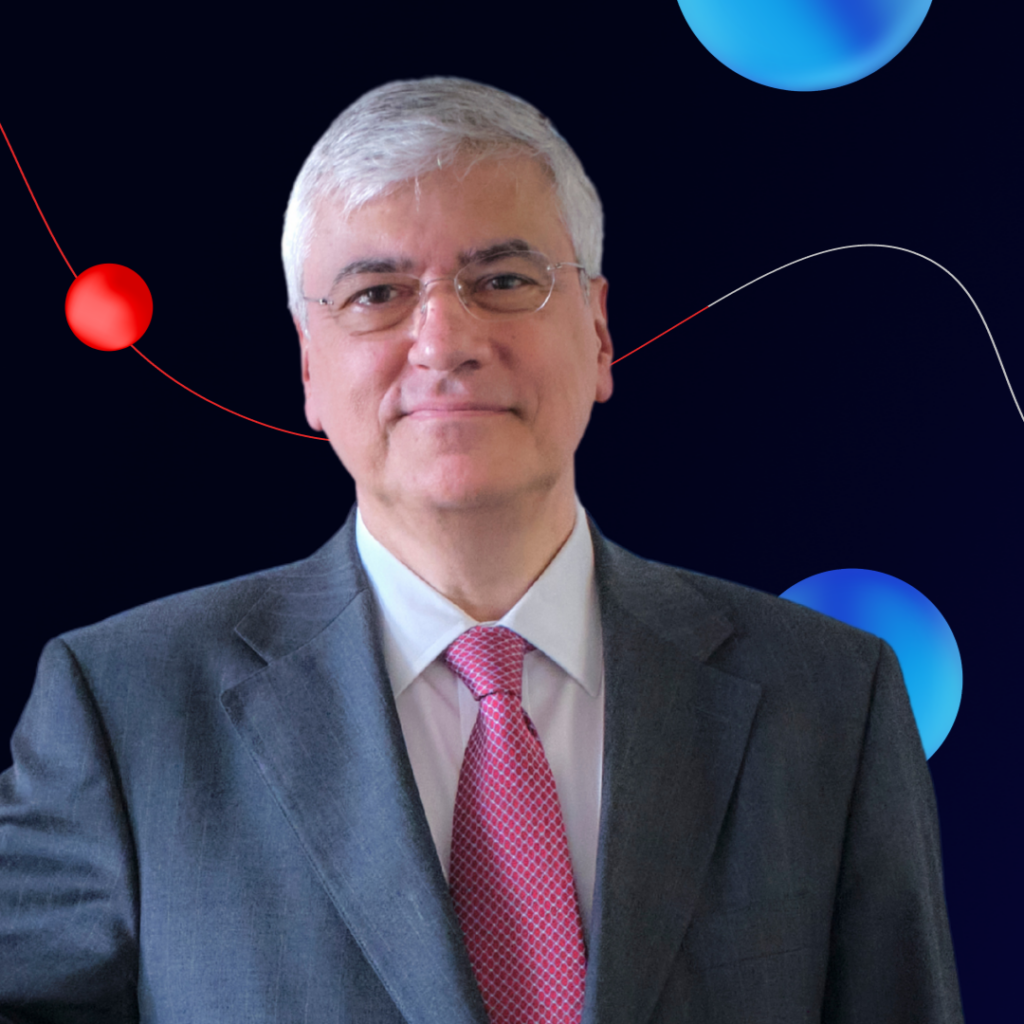Nobel Prize 2024 in Physics – Machine learning: What is it and what impact does it have on our society?
09 October 2024
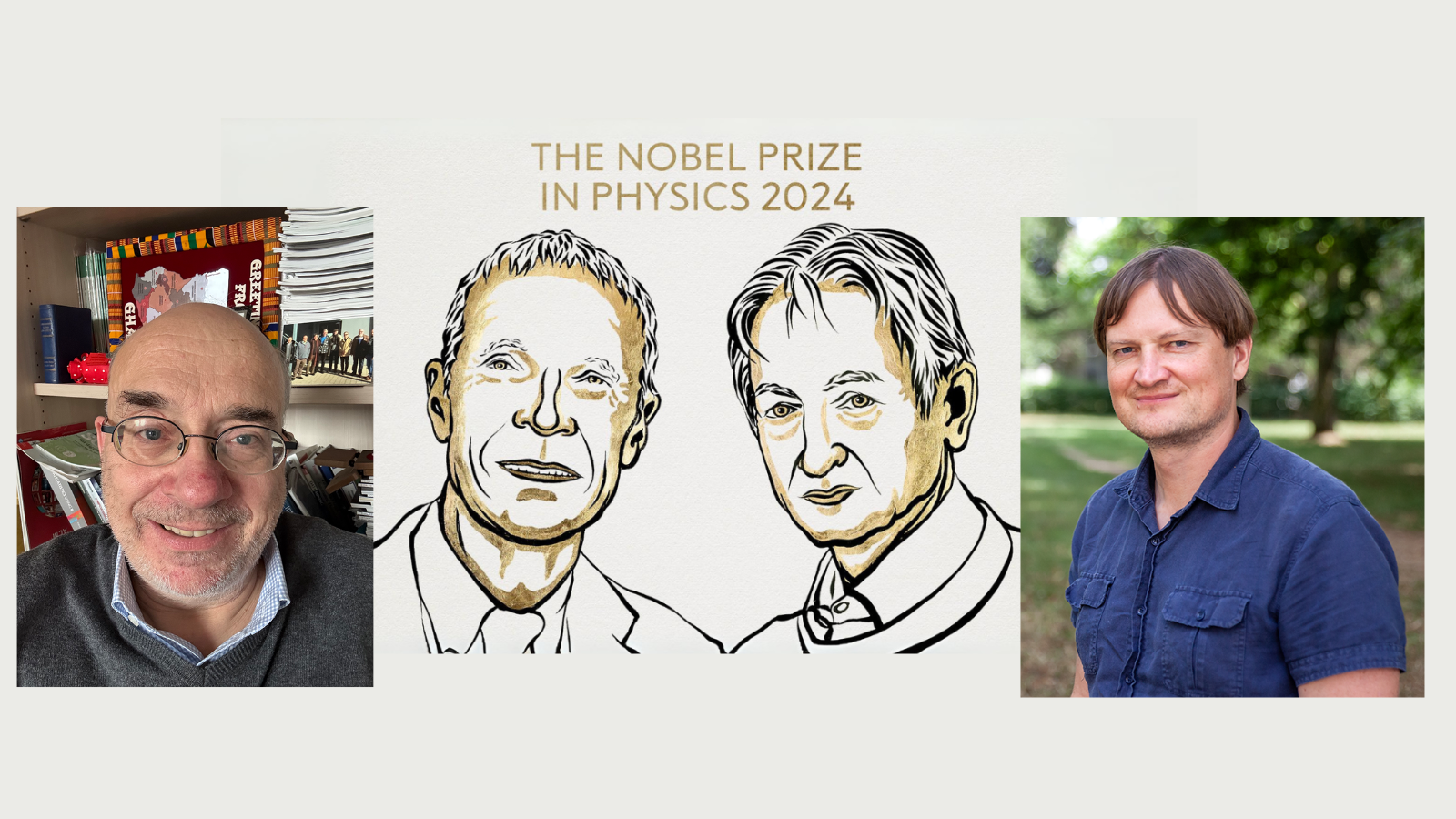
What exactly are machine learning and neural networks? And what are the risks of this type of technology? Two scientists from Luxembourg answer our questions.
Ill. Niklas Elmehed © Nobel Prize Outreach; University of Luxembourg
This article was originally published on science.lu.
The Nobel Prize in Physics was awarded on Tuesday 8 October 2024 to John Hopfield and Geoffrey Hinton for their fundamental discoveries and contributions in the field of machine learning. Machine learning (ML) is a branch of artificial intelligence (AI) in which computers are used to learn from data and recognize patterns. ML algorithms use mathematical models to make predictions or decisions.
Can you explain today’s Nobel Prize in the field of machine learning and AI research? To what extent is it justified?
Prof. Tkatchenko: “Machine Learning is a set of methods which is trained on data. It is trying to make a representation of the problem you are interested in, given data. That is very different from the traditional physical approach, where you first have a model that you can then adjust with the data. Here, you do it the other way round. That change in perspective is quite revolutionary.
The first artificial neural networks that have been developed, the Hopfield networks (Ed. Note: named after the current Nobel Prize winner, see infobox), came from statistical physics; they were the first generation. Then the algorithms were trained and sophisticated, and now they are used in all domains. For that reason, for that fundamental, foundational development, the Nobel Prize is very justified.”
Prof. Schommer: “The Nobel Prize has been awarded to two scientists who have done impressive pioneering work. The first beginnings can be traced back to the 1960s. The basic idea was to use mathematical models to simulate neuronal activity, i.e. to imitate the functioning of the human brain. ML is not just a mathematical model, but an interdisciplinary discipline that is close to bionics: nature is taken as a template. It has developed fantastically over time.”
What influence did this technology have on your own career?
Prof. Tkatchenko: “My bachelor’s degree was in computer science, but neural networks at the time were not very impressive. They were already very interesting though. You could use neural networks to compress songs in WAV format; that was before we had MP3. You lost some accuracy, but the song was recognisable.
10 years later, ML was a completely different field. It was not so much a single breakthrough than multiple ones in many directions that revolutionised ML: computer hardware, software, algorithms… This is why NVIDIA is now a 3 trillion Dollar company! The computer architecture is becoming more and more powerful, and that makes our progress in quantum chemistry and physics possible.”
Prof. Schommer: “The 1980s were characterized by the development of AI in general and neural networks in particular. At that time, I studied Hopfield networks (Ed. Note: named after the current Nobel Prize winner, see infobox), other neural network architectures and connectionism. I was immediately fascinated by the question of whether and if so, how we could artificially simulate cognitive problem solving. In one of my papers, I dealt with the disambiguation of multiple-meaning sentences, such as syntactically ambiguous sentences (“Peter sees Susan with the telescope” – who has the telescope?) or sentences in which one word can have several meanings (“The astronomer marries a star” – what does star mean?). Incidentally, the common translation systems still mistranslate the sentence “The astronomer marries a star” – try it out!”
Artificial neural networks: how do you use them in your research field?
Prof. Tkatchenko: “What we really do is building tools. At the moment, we are making foundation models (like ChatGPT) of biomolecular dynamics. Basically, we are developing a specialized model trained on all the data that we and others have produced over the last 50 years on quantum mechanical calculations of molecular fragments. We demonstrate that once we train such a model, we can apply it to simulate biomolecular systems that are not there in the data. This means that we can assess a much larger range of questions. All biomolecules are dictated by quantum mechanical interactions; so, once you have a model that has learned those interactions from the data, in principle, you could even simulate a whole cell. This really pushes the field.
In quantum chemistry, ML produces a lot of useful data. For example, you can calculate the properties of drugs (like biodisponibility) or of materials like solar cells. ML changes the way that we ask scientific questions: what if I want a molecule or a material that has all the properties that I need, instead of computing the properties of a set of molecules?”
Prof. Schommer: “We use ML in countless areas. The exciting thing about this technology is its versatility: because it is a problem-solving tool, it can be used in almost any field. We are working on chatbots to stimulate communication between people, on the (semi-)automatic summarization of texts, on topics in the field of artificial creativity (what distinguishes a deep fake from a master painting?); even in subjects such as ethics, law or history, we deal with issues relating to the impact of machine learning on society. For example, we are currently developing a learning system to explain the First World War in collaboration with the C2DH.
In your opinion: What are the opportunities and risks of machine learning models?
Prof. Tkatchenko: “To me, AI is more intelligent than us in many domains, but much more stupid in others. The danger comes from not understanding the tools we use. If we use an algorithm without understanding how it works, and this leads to new scientific insights, is this really a breakthrough, or a hallucination? With Chat GPT, those hallucinations are easy to debunk but in our field of research, things are much more complicated. That could be a danger.
On the other hand, we still don’t understand fully why planes fly, but we still use them daily. So, it’s perfectly fine to use ML, but we must decompose it little by little to understand all the pieces. One needs new standards for new science, and ML is a new science.”
Prof. Schommer: “There are indeed certain drawbacks, such as the explainability of results or the use of programming libraries without fully understanding the architectures they contain. This also leads to people accepting results and relying on them, but not having the necessary basic knowledge to question them.”
Hopfield networks
A Hopfield network is a recurrent neural network that serves as an associative memory. It was developed by John Hopfield in the 1980s and is capable of storing and recalling patterns. Here are some key features:
- architecture: a Hopfield network consists of a layer of neurons that are interconnected. Each neuron is connected to every other neuron, but not to itself.
- storage of patterns: the network can store several patterns by adjusting the weights between the neurons accordingly.
- retrieval of patterns: When the network is fed a partial or scrambled pattern, it can reconstruct the original one. This is done by applying energy minimization principles.
- energy function: A Hopfield network has an energy function that describes the stability of stored patterns. The network tends to converge to lower energy states, which facilitates the retrieval of its patterns.
Hopfield networks have applications in various fields, including pattern recognition, optimization problems and even in biology (for modelling neural processes).
Author : Diane Bertel
Editor: Michèle Weber (FNR)

